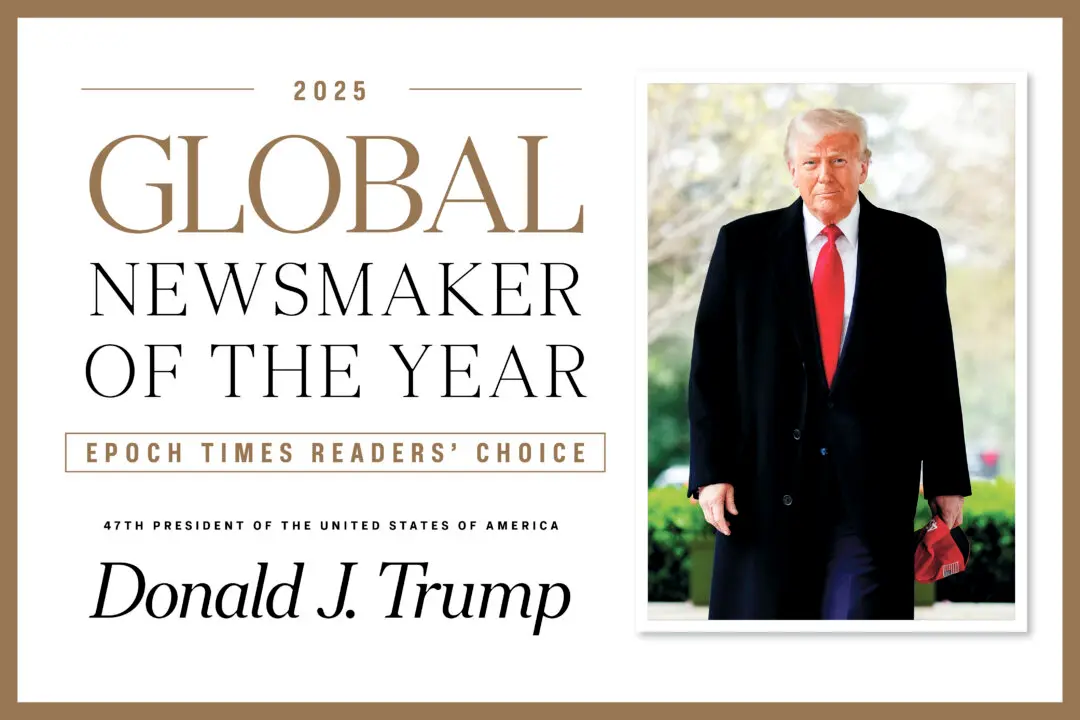WASHINGTON—In the final work week of the year, members of the House of Representatives on Dec. 17 passed a bipartisan spending package ahead of the Dec. 20 deadline, enabling a government shutdown to be averted.
The Senate is expected to vote on the package this week and send it to the president for his signature.





